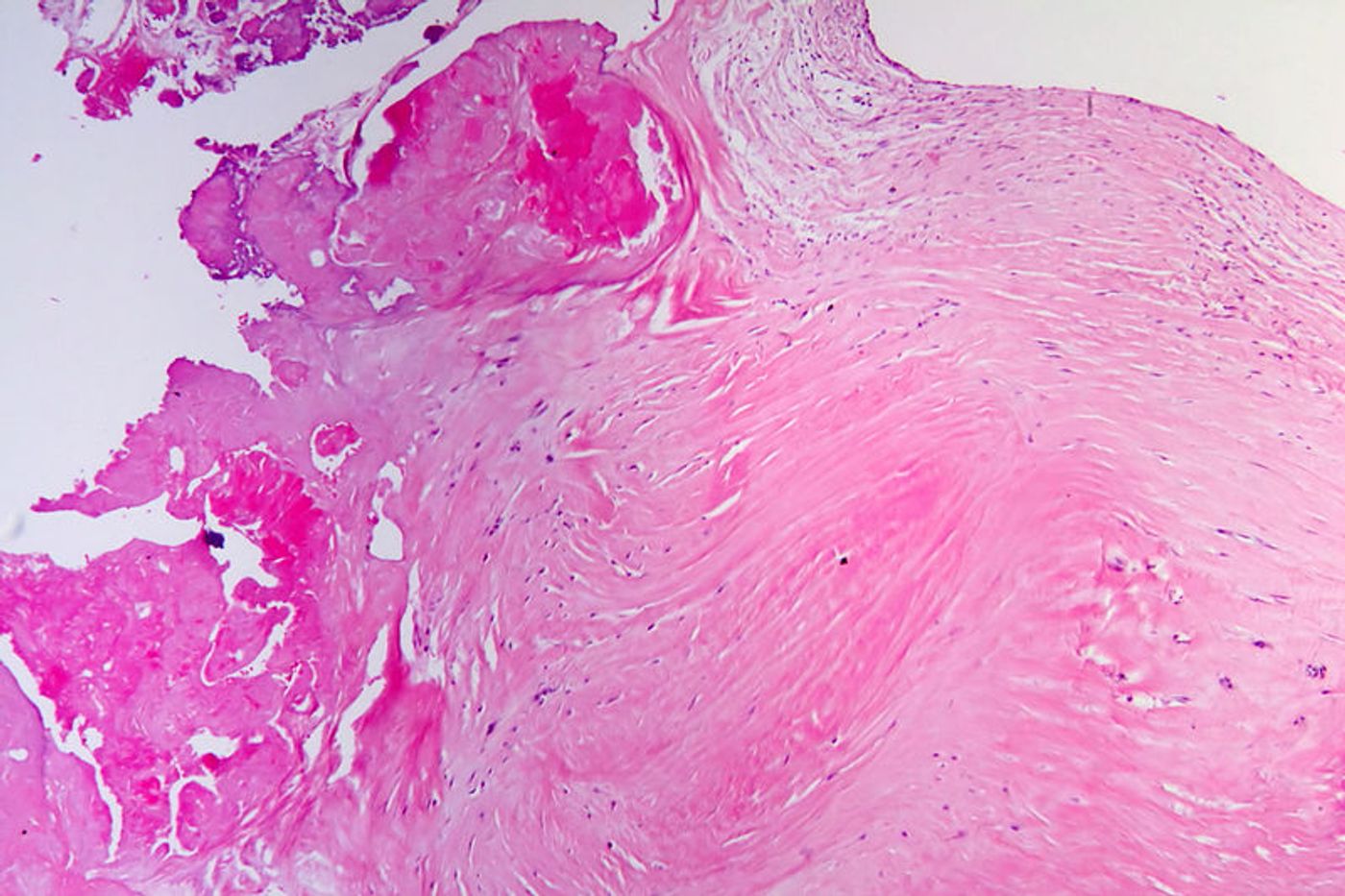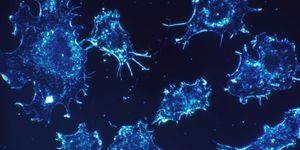Transcription Factor "Cocktail" As A Post-Heart Attack Treatment
A heart attack wounds the heart similar to the way a deep cut wounds the skin: it leaves a scar. However, a scar on the skin, although a nuisance, can be covered up or ignored. Scarring in the heart negatively affects its function, often leading to heart failure later in life. In a new study from the Baylor College of Medicine, scientists are tackling post-heart attack scarring, which may not be irreversible after all.
The development of scar tissue in the heart, called fibrosis, involves replacing cells that die during a heart attack with fibroblasts. The higher ratio of fibroblasts to healthy heart cells, called cardiomyocytes, the harder the heart has to work to pump oxygenated blood to the body’s tissues. A heart with a heavy burden of fibrosis is especially vulnerable to heart failure.
To reduce the burden and prevent the development of heart failure, Baylor researchers cooked up a “cocktail” of transcription factors to make changes in the heart: Gata4, Mef2c, Tbx5 (GMT). Transcription factors are proteins capable of turning DNA into RNA, thereby controlling gene expression and making changes in how the body works. This particular trio of transcription factors was selected to improve cardiac function by “reprogramming” fibroblasts back into healthy, functioning cardiomyocytes, but researchers quickly saw that they were doing more than reprogramming.
“In addition to inducing reprogramming of fibroblasts into cardiomyocyte-like cells, the GMT cocktail also induced reduction of post-heart attack fibrosis," said Baylor’s Megumi Mathison. "However, not much attention had been paid to the latter."
Gata4 was ultimately identified as the star ingredient, solely responsible for the addition ability of the GMT cocktail to prevent further fibrosis in addition to changing fibroblasts into healthy heart cells. As a transcription factor, Gata4 reduces expression of a gene called Snail, the “master gene of fibrosis,” also known for its induction of the “epithelial to mesenchymal transition” during embryonic development. By suppressing Snail, Gata4 protects the heart from incurring any more damage after a heart attack.
"Others have reported that Gata4 also can suppress liver fibrosis,” Mathison explained. “There is still a lot to be done before we can transfer these discoveries to the bedside, but they are important first steps."
The present study was published in the Journal of Thoracic and Cardiovascular Surgery.
Sources: Scitable by Nature Education, Development, Baylor College of Medicine









